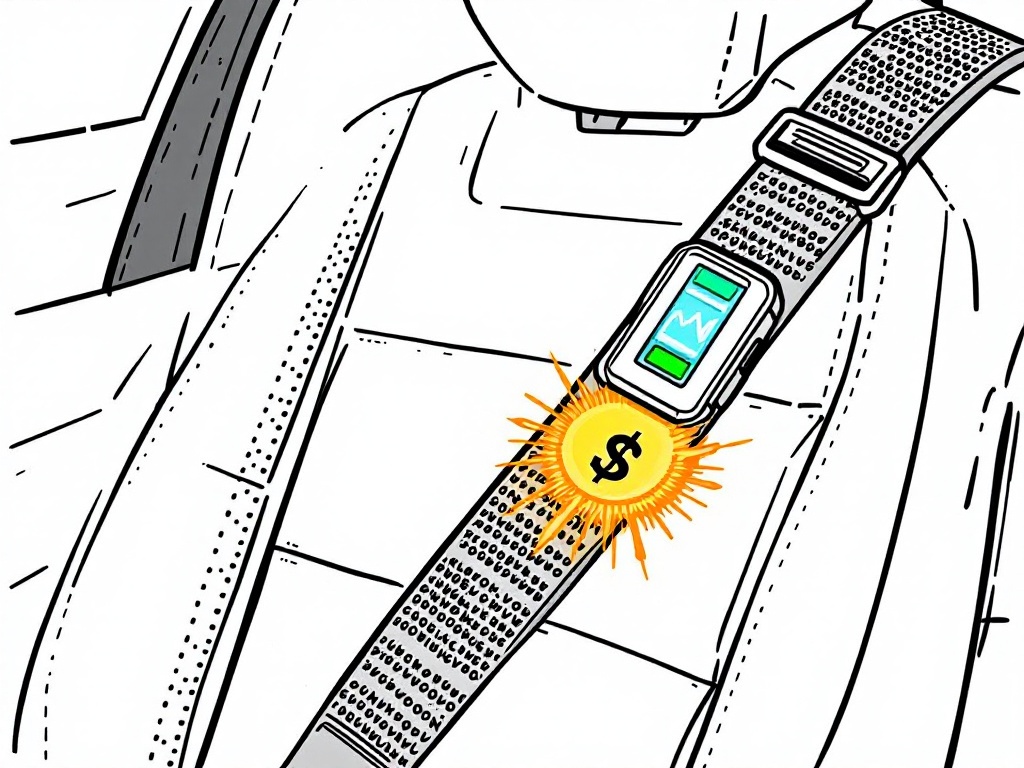Revolutionary Seatbelt Biosensor Set to Transform Driver Safety Monitoring

N/A, Sunday, 17 November 2024.
A groundbreaking metamaterial biosensor, embedded directly into seatbelts, can now monitor drivers’ heart rates and breathing patterns through clothing while filtering out vehicle vibrations. Tested successfully during a 1.5-hour drive in Singapore, this innovation could fundamentally change how we approach transportation safety by providing real-time stress and alertness monitoring for both drivers and pilots.
Enhancing Safety Standards
The seatbelt biosensor, an ingenious blend of technology and textile, promises to redefine safety protocols in vehicles and aircraft. Developed by researchers at the National University of Singapore and Tsinghua University, this sensor leverages metamaterials to detect subtle biological signals without direct skin contact. This advancement is crucial, as traditional sensors often struggle with accuracy in dynamic environments like moving vehicles[1].
Real-World Testing and Results
The biosensor was put through rigorous testing in a moving car over a 1.5-hour route in Singapore, encountering various traffic conditions. The results were promising, showing that the sensor could consistently monitor heart rate and respiration, even amidst the interference of road vibrations. This capability is a significant leap forward, highlighting the sensor’s potential to provide real-time health data that can alert drivers to stress or fatigue, potentially preventing accidents[1].
Potential Applications and Industry Impact
Beyond individual vehicle safety, this technology holds promise for broader applications in the transportation industry, including aviation. By integrating the sensor into existing seatbelt systems, it could become a standard feature in cars and planes, facilitating enhanced safety protocols. The planned collaboration with automotive manufacturers aims to refine and validate this system in real-world settings, paving the way for widespread adoption[2].
Future Developments
Looking ahead, researchers are focused on miniaturizing the sensor’s radio components and developing sophisticated algorithms to further assess drivers’ and pilots’ health conditions. These advancements could lead to more compact and efficient modules, enhancing the sensor’s functionality and appeal. As the technology evolves, it stands to not only improve safety but also offer insights into the overall well-being of individuals in transit[1].